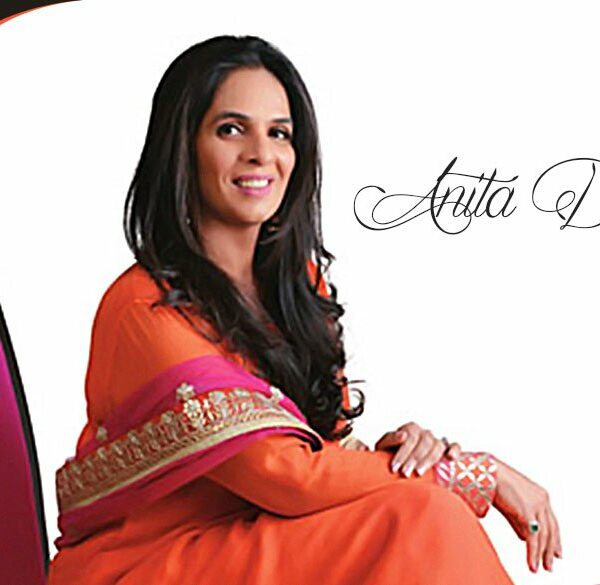We had a long day at work and as I was heading back to the metro station, I stopped right outside to have a look over at the pirated book spread which is often found outside the metro stations. Randomly, I picked up this purple and black book aptly named ‘The Color Purple’ by Alice Walker.
It is usually said, never judge a book by its cover. So, naturally I turned over to the first page to read the first line and it said:
“You better not never tell nobody but God. It’d kill your mammy.”
And the next thing I know is; I was sucked into a journey of this 14-year-old black girl and spiralling down with her on her innocent journey through a crude poverty-stricken patriarchal world. Set in the 1890s, the Color Purple goes back to the times of Afro-Americans Slavery and talks about the oppressed of the oppressed; black women.
“I don’t even look at mens. That’s the truth. I look at women, tho, cause I’m not scared of them”
Packed as Letters to God, The Color Purple starts with an account of this innocent 14-year-old, Celie, who is the protagonist of the story, trying her way to understand what her step-father is doing to her while he’s raping her.
The very first page speaks of abuse, innocence, and an oppressed background and these emotions resonate throughout the book. The narrative of the book is continued from the perceptive of Celie, initially through her letters to god and then eventually her letters to her sister, Nettie.
The women characters wear dynamic emotions on their sleeves which ranges from affection to volatility and all of them have an undertone of being strong and ferocious. Little things mentioned in the book, show how these women are not only breaking through patriarchy but also, the overall oppression of caste that they face. For instance, one of the characters is shown fighting back with her husband and then later knocking down the mayor’s wife.
“He try to slap her. What he do that for? She reach down and grab a piece of stove wood and whack him cross the eyes”
The book shows beautifully the relationship between women. For instance, Celie’s life turns upside down when a strong woman, Shug Avery, enters her life through a complicated series of relationship with her husband. Being a woman with singing as a career, she is referred to as strumpet in short skirt, smoking cigarettes, drinking gin and is named a slut, hussy, heifer and streetcleaner by the community priest.
The book shows the amazing transformation of an oppressed girl through the support and love of an independent woman. This is not only evident between Celie and Shug but also Celie and the women of her own family. Even though the book is shrouded with the darkness of poverty and illiteracy throughout, it manages to feel its way to give hope along with light humour.
The book has an interesting approach to sexuality, which is handled tastefully throughout the novel. It highlights the concept of women loving women way beyond its time, for the acceptance of the universality of love. Even though this book is situated in the 1980s, the protagonist has just one love affair highlighted which is with a woman.
“I don’t move at once, cause I can’t. I need to see her eyes. I feel like once I see her eyes my feets can let go the spot where they stuck.”
It talks of backwardness, it talks of struggles, it talks of women supporting women and it talks of how these women find their path in their careers, despite the initial backwardness of their living states. This book is a winner of Pulitzer Price and once you’re done with the book, you would know that the strong voice it portrays makes it rightfully deserve so.












